Germanium (II) Selenide Sputtering Target Description
A Germanium Selenide Sputtering Target is a type of ceramic material composed of germanium and selenium, used in sputtering processes. This target is typically employed in thin film deposition and various specialized applications due to the unique properties of the germanium-selenium combination.
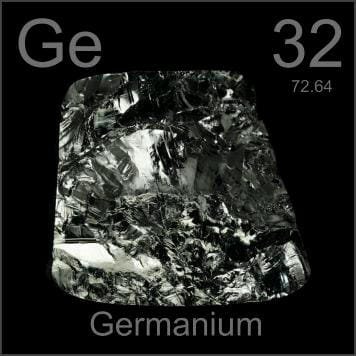
Germanium is a chemical element with the symbol “Ge” and an atomic number of 32. The name “germanium” is derived from the Latin word ‘Germania,’ referring to Germany. It was first mentioned in 1886 and observed by Clemens Winkler. Germanium is located in Period 4 and Group 14 of the periodic table, belonging to the p-block elements. Its relative atomic mass is approximately 72.64 Daltons, with the number in parentheses indicating a margin of uncertainty.
Related Product: Germanium (Ge) Sputtering Target
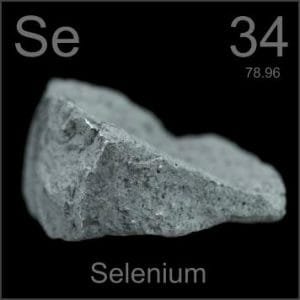 Selenium is a chemical element originated from Moon (with the Greek name selene). It was first mentioned in 1817 and observed by J. Berzelius and G. Gahn. The isolation was later accomplished and announced by J. Berzelius and G. Gahn. “Se” is the canonical chemical symbol of selenium. Its atomic number in the periodic table of elements is 34 with location at Period 4 and Group 16, belonging to the p-block. The relative atomic mass of selenium is 78.96(3) Dalton, the number in the brackets indicating the uncertainty.
Selenium is a chemical element originated from Moon (with the Greek name selene). It was first mentioned in 1817 and observed by J. Berzelius and G. Gahn. The isolation was later accomplished and announced by J. Berzelius and G. Gahn. “Se” is the canonical chemical symbol of selenium. Its atomic number in the periodic table of elements is 34 with location at Period 4 and Group 16, belonging to the p-block. The relative atomic mass of selenium is 78.96(3) Dalton, the number in the brackets indicating the uncertainty.
Related Product: Selenium (Se) Sputtering Target
Germanium (II) Selenide Sputtering Target Application
The Germanium (II) Selenide Sputtering Target is utilized in a variety of applications, including thin film deposition and decorative coatings. It is widely employed in the semiconductor industry, display technologies, and the production of LEDs and photovoltaic devices. Additionally, this material is significant for functional coatings, the optical information storage industry, glass coatings for automotive and architectural glass, and optical communication technologies.
Germanium (II) Selenide Sputtering Target Packing
Our Germanium (II) Selenide Sputtering Targets are meticulously tagged and labeled externally to ensure efficient identification and maintain high standards of quality control. We take extensive precautions to prevent any potential damage during storage and transportation, ensuring the targets arrive in perfect condition.


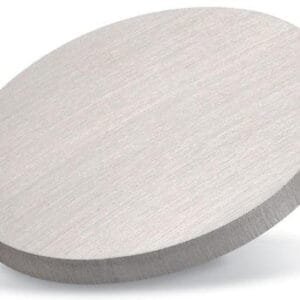
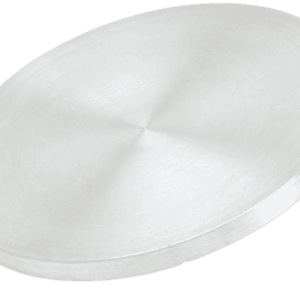
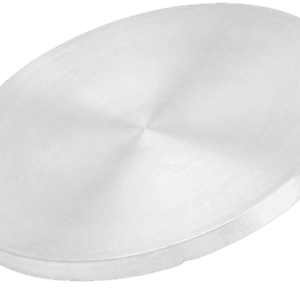
Reviews
There are no reviews yet.